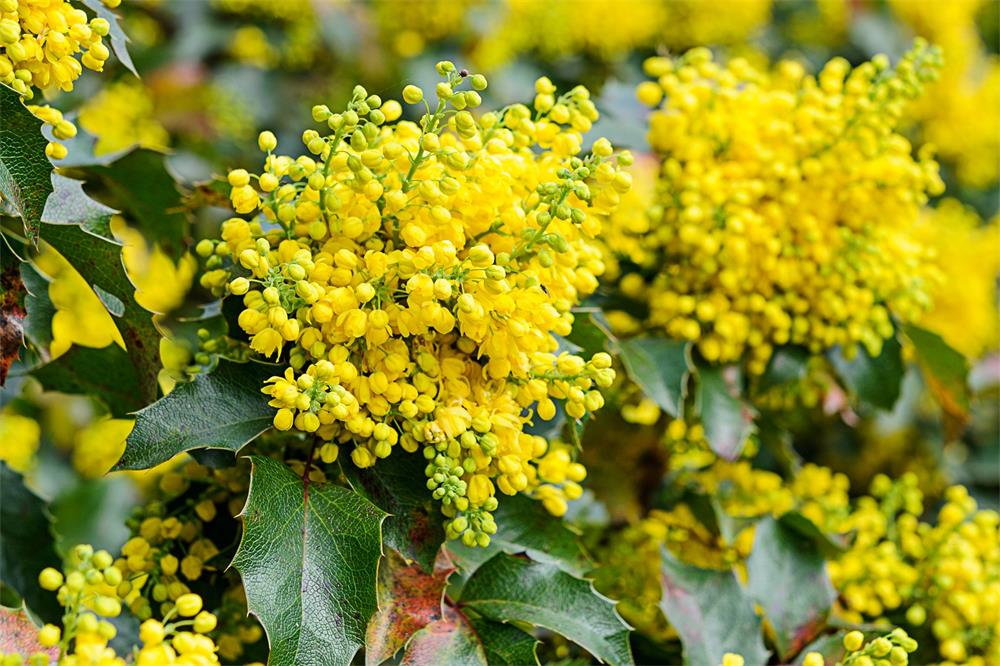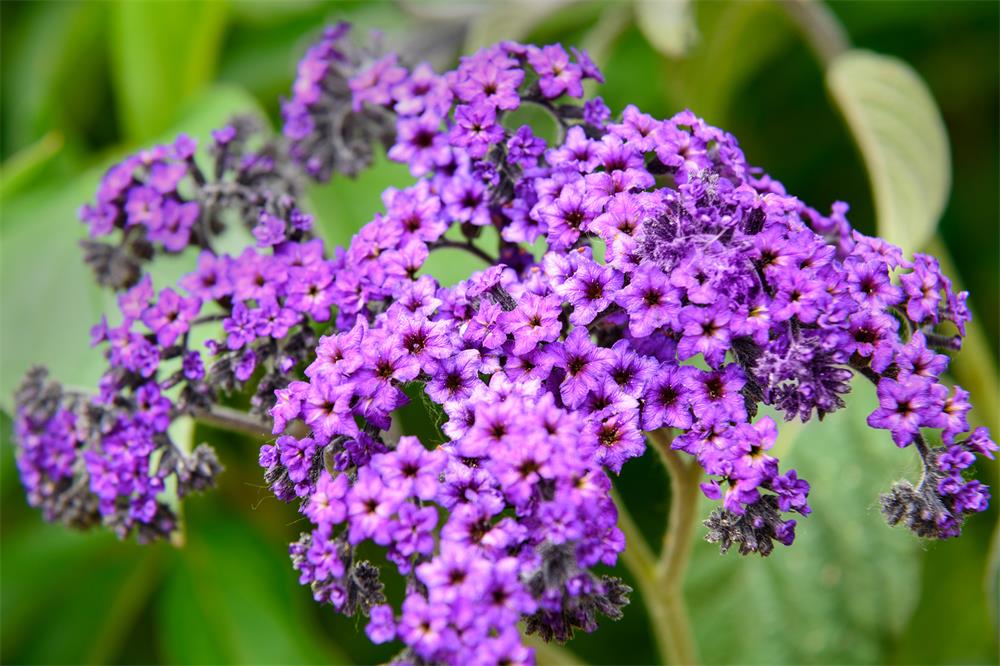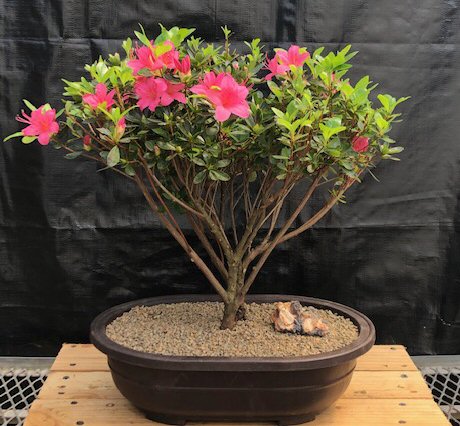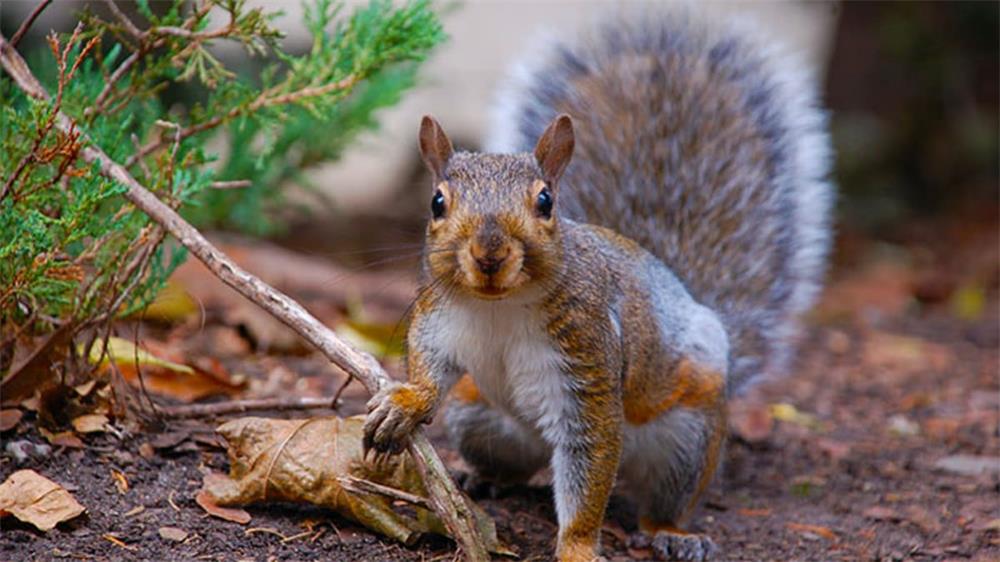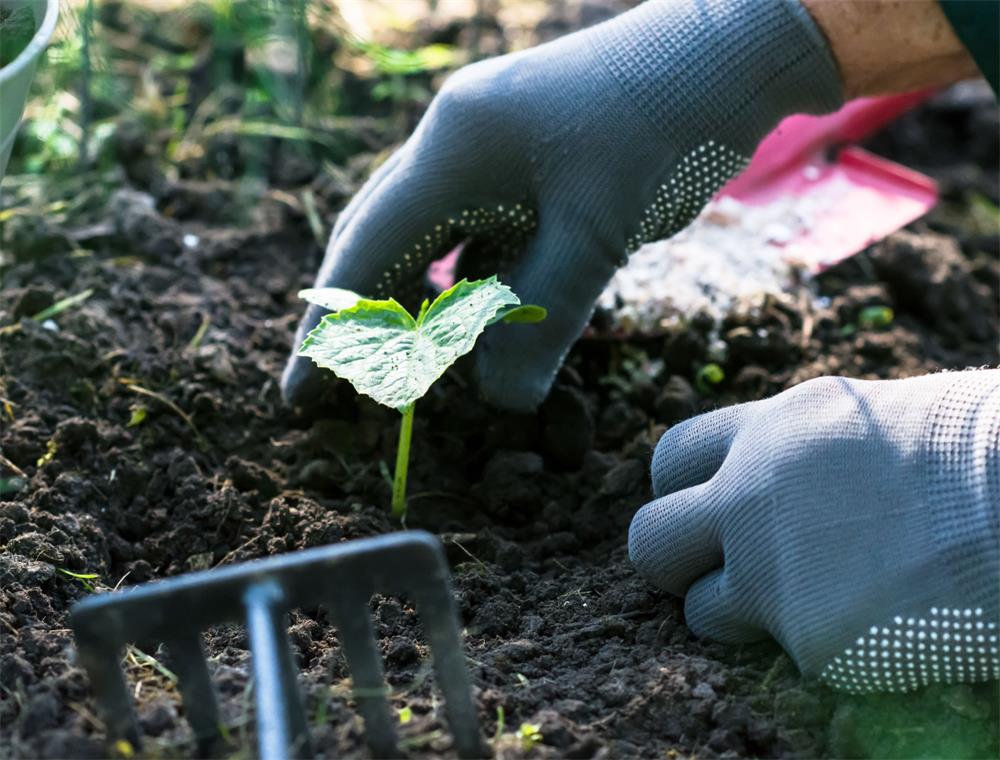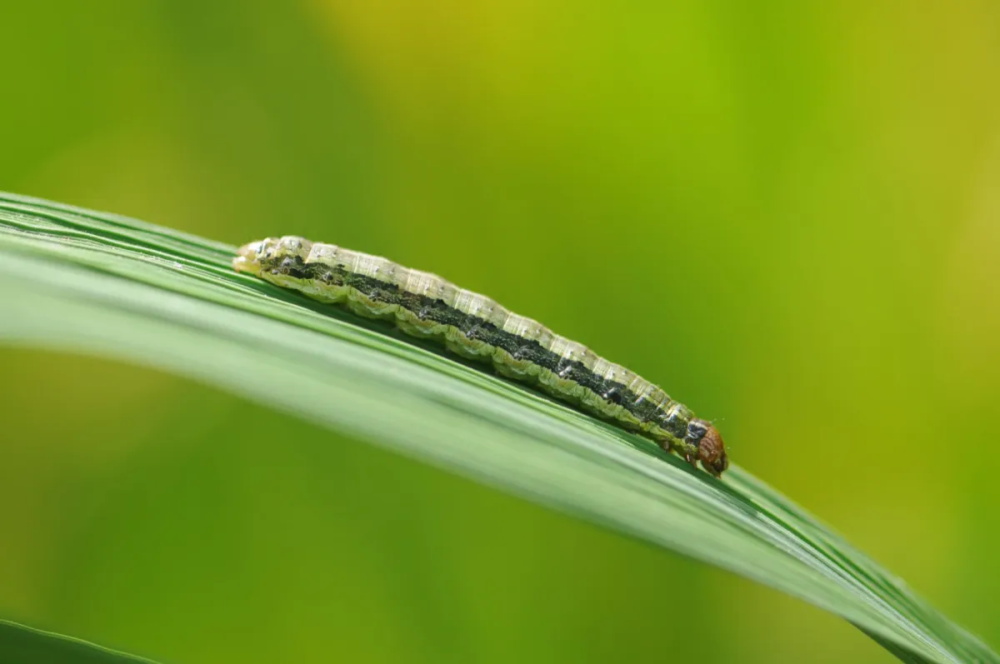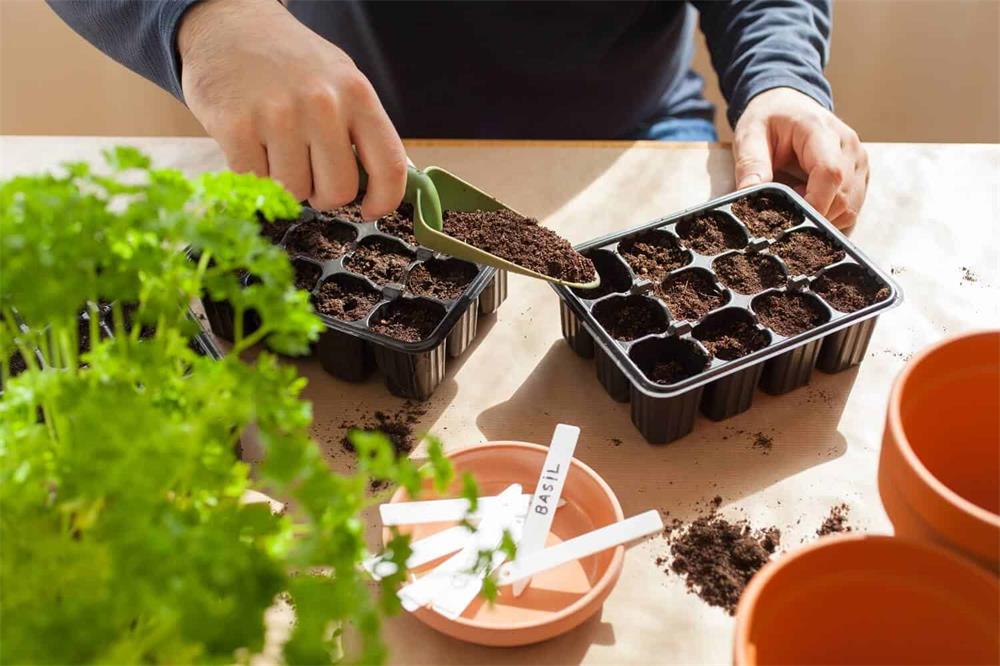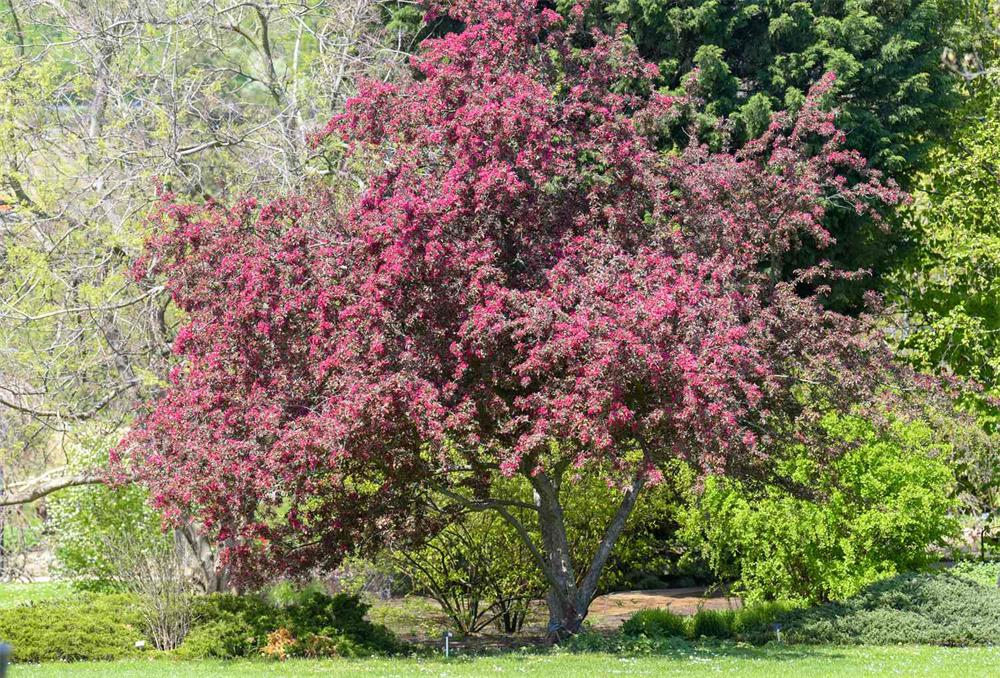
Table of Contents
A specimen tree is a tree that stands out from the rest of your landscape because of its unique or attractive features. It can be a focal point, a statement, or a source of beauty and interest in your yard. Specimen trees can vary in size, shape, color, texture, flower, bark, or rarity. They can also provide benefits such as shade, fragrance, food, or habitat for wildlife.
But how do you choose and plant a specimen tree that suits your yard and your needs? Here are some tips and considerations to help you make the best decision.
Consider Your Space and Location
Before you choose a specimen tree, you need to consider how much space you have and where you want to plant it. A specimen tree should have enough room to grow and thrive without interfering with other plants, structures, or utilities. You also need to consider the soil type, drainage, sunlight exposure, and climate of your location. Some trees may have specific requirements or preferences for these factors.
You also need to think about the purpose and function of your specimen tree. Do you want it to provide shade, privacy, or windbreak? Do you want it to attract birds, butterflies, or bees? Do you want it to produce fruits, nuts, or flowers? Do you want it to add color, texture, or form to your landscape? These questions can help you narrow down your choices and find a specimen tree that matches your goals.
Research Different Types of Specimen Trees
There are many types of specimen trees to choose from, depending on your taste and needs. Some examples are:
- Flowering trees: These trees produce showy blooms in different seasons, adding color and fragrance to your yard. Some examples are cherry blossom¹, magnolia², redbud¹, dogwood², crabapple², and lilac².
- Foliage trees: These trees have distinctive or colorful leaves that create visual interest throughout the year. Some examples are Japanese maple¹, ginkgo², birch², oak¹, maple², and beech².
- Evergreen trees: These trees keep their leaves all year round, providing year-round greenery and screening. Some examples are pine², spruce², fir², cedar², holly², and juniper².
- Fruit trees: These trees produce edible fruits or nuts that can be enjoyed by humans or animals. Some examples are apple², pear², peach², plum², almond², and walnut².
- Rare or unusual trees: These trees have uncommon or exotic features that make them stand out from the crowd. Some examples are baobab³, monkey puzzle³, dragon tree³, rainbow eucalyptus³, and weeping willow³.
You can research different types of specimen trees online, in books, or at nurseries. You can also consult with an arborist or a landscape designer for professional advice.
Choose a Specimen Tree That Fits Your Budget
Specimen trees can vary in price depending on their size, species, rarity, quality, and availability. Generally, larger and rarer trees are more expensive than smaller and common ones. You also need to factor in the cost of delivery, installation, maintenance, and care for your specimen tree.
You can save money by choosing a smaller or younger specimen tree that will grow over time. You can also look for discounts or sales at nurseries or online sources. However, you should not compromise on the health or quality of your specimen tree. A healthy and well-grown specimen tree will last longer and perform better than a sickly or poorly-grown one.
Plant Your Specimen Tree Properly
Once you have chosen your specimen tree, you need to plant it properly to ensure its survival and growth. Here are some steps to follow:
- Prepare the planting site by digging a hole that is twice as wide and as deep as the root ball of your specimen tree.
- Loosen the soil around the hole and mix in some organic matter such as compost or manure.
- Remove any wrapping or container from the root ball of your specimen tree and gently loosen the roots.
- Place the specimen tree in the center of the hole and make sure it is straight and at the same level as the surrounding soil.
- Fill the hole with soil and water thoroughly to settle the soil and eliminate air pockets.
- Apply a layer of mulch around the base of your specimen tree to conserve moisture and prevent weeds.
- Stake your specimen tree if it is tall or unstable, using flexible ties and stakes that do not damage the trunk or branches.
- Water your specimen tree regularly, especially during the first year, to help it establish its roots.
- Prune your specimen tree as needed to remove dead, diseased, or damaged branches, or to shape it to your desired form.
- Protect your specimen tree from pests, diseases, or environmental stresses, such as insects, fungi, animals, frost, drought, or wind.
Enjoy Your Specimen Tree for Years to Come
A specimen tree can be a wonderful addition to your yard, providing beauty, interest, and benefits for you and your environment. By choosing and planting a specimen tree that suits your space, location, needs, and budget, you can enjoy its presence for years to come. A specimen tree can also increase the value and appeal of your property, making it a worthwhile investment.
If you have any questions or concerns about your specimen tree, you can always consult with an arborist or a landscape professional for guidance and assistance. They can help you maintain and care for your specimen tree and ensure its health and longevity.
A specimen tree can be a source of joy and pride for any gardener or homeowner. With proper selection and planting, you can create a stunning focal point in your yard that will attract attention and admiration from everyone who sees it.





